Neurological disorders
Neurological disorders include
- Brain disorders
- Autonomic nervous system disorders
- Cerebrovascular disorders
- Injuries, infections and tumours of the nervous system
- The category you were looking for was not found. Please try another one.
- List is empty.
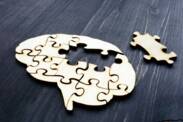
Alzheimer's disease
Alzheimer's disease is clearly one of the most common degenerative brain diseases. The most well-known feature of dementia is the gradual loss of memory.

Amyotrophic lateral sclerosis - ALS
Amyotrophic lateral sclerosis is the most common degenerative disease of the motor nerve cell. It is a neurodegenerative disease.
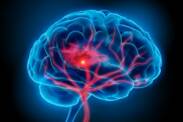
Bleeding in the brain
Cerebral hemorrhage (cerebral hemorrhage) is divided into spontaneous and traumatic. Both conditions threaten a person's health and life. Why do they occur and how do they manifest themselves?
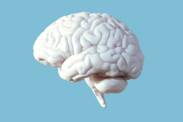
Brain abscess
An abscess is a pus-filled cavity in the tissue. It manifests as a circumscribed and encapsulated inflammation. The most common bacteria that form abscesses are staphylococci and streptococci.

Cerebral palsy
Cerebral palsy, also known by the abbreviated name CP, is a disorder of central motility control and a disease of the nervous system. The disease can be congenital or acquired. Various factors that affect the developing brain are involved in its occurrence. This is during intrauterine development, in the period during childbirth, but also in the time after childbirth.

Cerebrovascular diseases
Cerebrovascular diseases are a group of diseases that affect the blood vessels of the brain. Issues with blood flow cause disorders of brain function.

Chronic fatigue syndrome
Chronic fatigue syndrome, also known as myalgic encephalomyelitis, is a complex multisystem disease.

Concussion
A concussion (commotio cerebri) is a transient disturbance of brain function. It is caused by external forces. It is referred to as a mild brain injury.
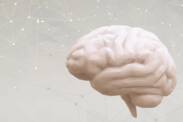
Edema of the brain - swelling
Edema of the brain refers to is swelling of the brain. This is a fairly common phenomenon with many causes.
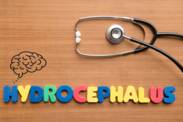
Hydrocephalus
Hydrocephalus is a disease that mainly affects newborns and the elderly. It is an increased amount of cerebrospinal fluid in the ventricles of the brain. The increased volume of fluid increases intracranial pressure, causing a number of characteristic symptoms. Diagnosis is rapid, using modern imaging tests. Treatment is so far only surgical.
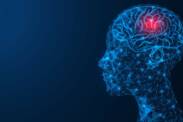
Meningitis
Meningitis, i.e. inflammation of the protective membranes covering the brain and spinal cord, is a neuroinfection. It affects the brain, the meninges, the spinal cord and peripheral nerves. The severity of the disease varies from asymptomatic to life-threatening.

Migraine is a seizure headache. In addition to pain, it is accompanied by other vegetative, perceptual and sometimes movement symptoms. It is quite common and occurs as a child. It affects more women. The precondition for its origin is a family occurrence.

Multiple sclerosis
Multiple sclerosis, or multiple sclerosis is a chronic disease of the central nervous system. It is the most common inflammatory-degenerative disease of the nervous system. It affects approximately 2.5 million people worldwide.

Myasthenia gravis
Myasthenia gravis is a relatively rare autoimmune disease affecting the neuromuscular junction. It manifests itself as fluctuating muscle weakness, which can affect, among other things, important respiratory muscles. It can lead to a so-called myasthenic crisis, an urgent and life-threatening condition.
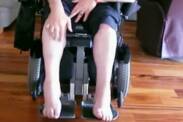
Myopathy is a neuromuscular disease. This means that the disability affects the nerve-muscle. Myopathies include various diseases that have different causes as well as manifestations. It preferentially affects skeletal muscle, and only in some muscle groups, especially in the proximal girdle muscles.

Parkinson's disease
Parkinson's disease is a chronic progressive disease of the nervous system.

Pseudoradiculopathy
Pseudoradiculopathy and radiculopathy are painful conditions of the spine. In addition to back pain, they also combine other symptoms that spread through the body. They are similar, yet quite different, especially in terms of cause.
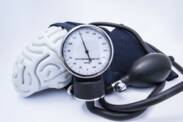
Pseudotumor cerebri
Pseudotumor cerebri is a disease also known as idiopathic intracranial hypertension.

Sciatic Nerve Inflammation - sciatica
Back pain in the lumbar region radiating into the lower limbs probably indicates a sciatic nerve problem. The medical terms used for these conditions are sciatic neuritis, sciatic neuralgia, lumbar radiculopathy, and radicular leg pain.

Tetanus
Tetanus is an infectious disease. It affects the nervous system. Vaccination helps marginalize this insidious disease, but...









